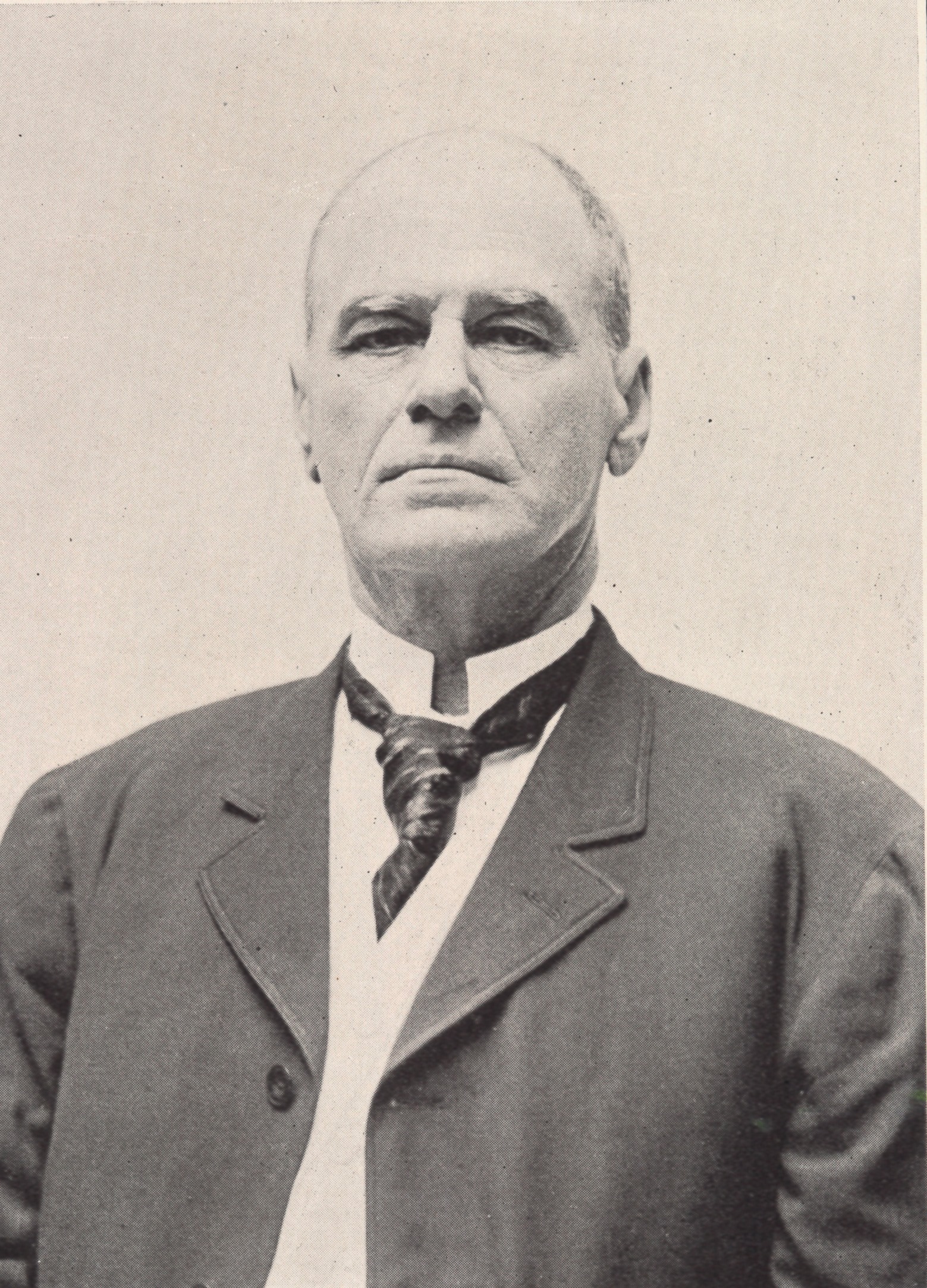.JPG)
By Judith Linsley
Legend has it that when Arthur Stilwell was trying to decide where to locate his new townsite, "Brownies" (the supernatural beings, not the small Girl Scouts) told him just where he should put it. The WPA history of Port Arthur quotes him as saying that Port Arthur was "the only city ever located and built under directions from the spirit world."
Anything is possible, but an article in the Port Arthur News of July 4, 1948, gives an alternate explanation for Port Arthur's location. Sisters Octavia Wiess Andrus and Olga May Wiess Hoopes claimed that it was actually their father, Mark Wiess, who told his friend Arthur Stilwell where to put Port Arthur.
Mark Wiess' part in choosing the Port Arthur townsite was also quoted in his obituary, which appeared in the July 2, 1910 Beaumont Journal. When Stilwell was considering Sabine Pass as a terminus for his new railroad, the landowners wanted too much for the right-of-way. At that time, Wiess suggested that Stilwell buy land nearby, owned by W.P.H. McFaddin, W.W. Kyle, Sr., and Wiess' brother Valentine, partners in the Beaumont Pasture Company. Stilwell did so, and the rest, as they say, is history.
As a token of gratitude, the trustees of Port Arthur Townsite gave Wiess' wife and his daughters, Octavia and Olga, each a lot in the new town. Octavia and Olga rode the first train that went into Port Arthur on the Kansas City, Pittsburg and Gulf Railroad (later the Kansas City Southern). They recalled that there wasn't much to see, only "a few shacks and hitching posts," and sold their lots for modest sums, not knowing that they would appreciate greatly in value as Port Arthur grew. "We should have kept [them]," they remarked in the article.
Wiess was a widely respected mercantile and lumber man, a founder of the Reliance Lumber Company. His obituary called him "a man of remarkable foresight" who believed in conservation of East Texas resources. He started the first ice plant in Beaumont, built the first lumber drying kiln in Beaumont, had the first typewriter in Beaumont, and invented an improved log carriage operation for the lumber industry.
Mark Wiess, full name Marco Polo, was born in 1842 at Wiess Bluff in Jasper County, the son of Simon Wiess, a Polish immigrant who changed the spelling of his name from Weiss, and a Scottish immigrant, Margaret Sturrock. Mark married Cleopatra McFarlane, and after her death married Louanza Mixon. He had a total of nine children.
Both his obituary and the 1948 article refer to Mark Wiess as "Colonel," but he probably didn't really hold that rank. He did serve in the Confederate Army in the Civil War and was a rifleman on the Josiah A. Bell, a Confederate steamer that captured two U.S. vessels off Sabine Pass in June, 1863. After the Civil War, though, people were often accorded courtesy military titles as a token of respect, so it was appropriate to accord one to Mark Wiess.
